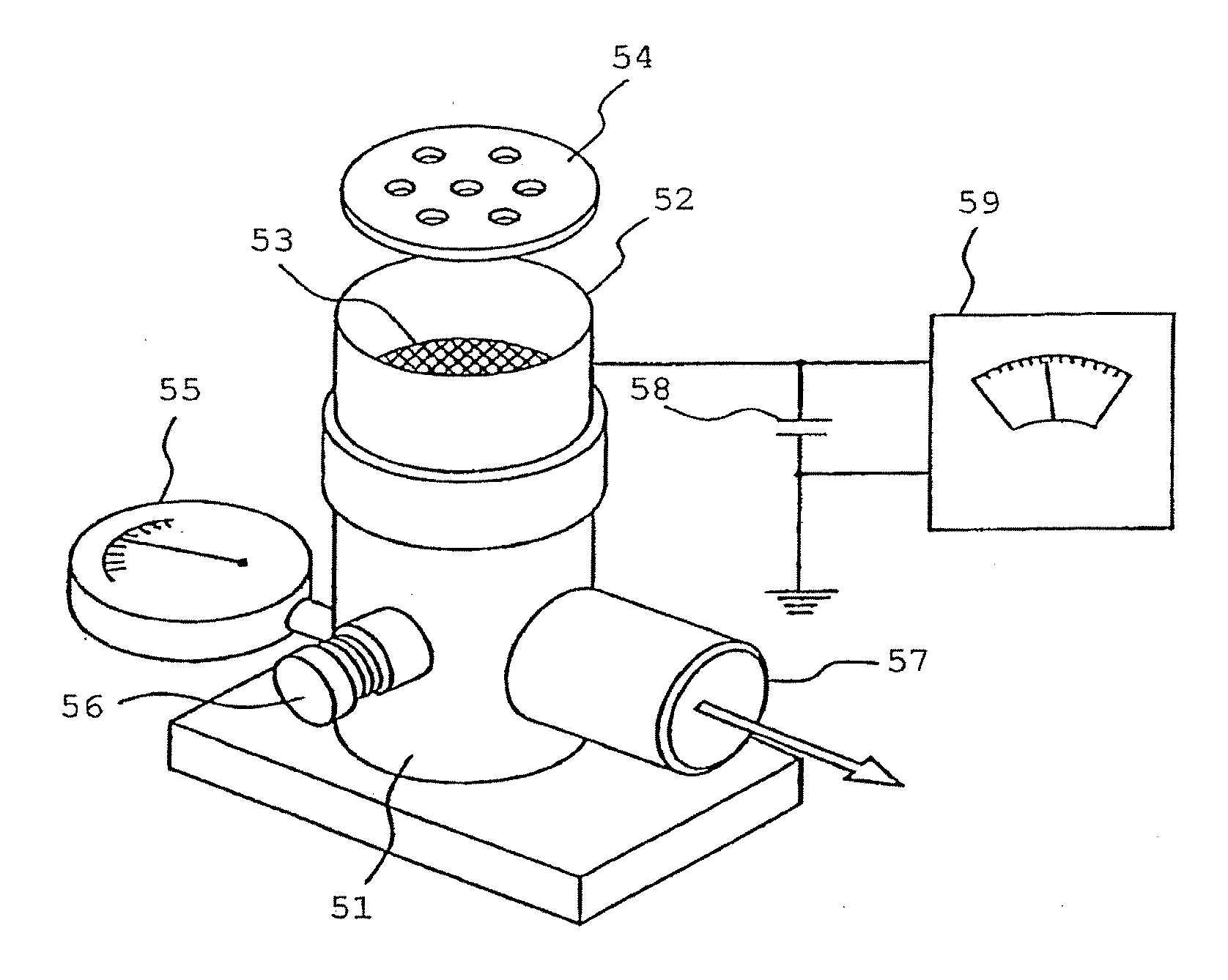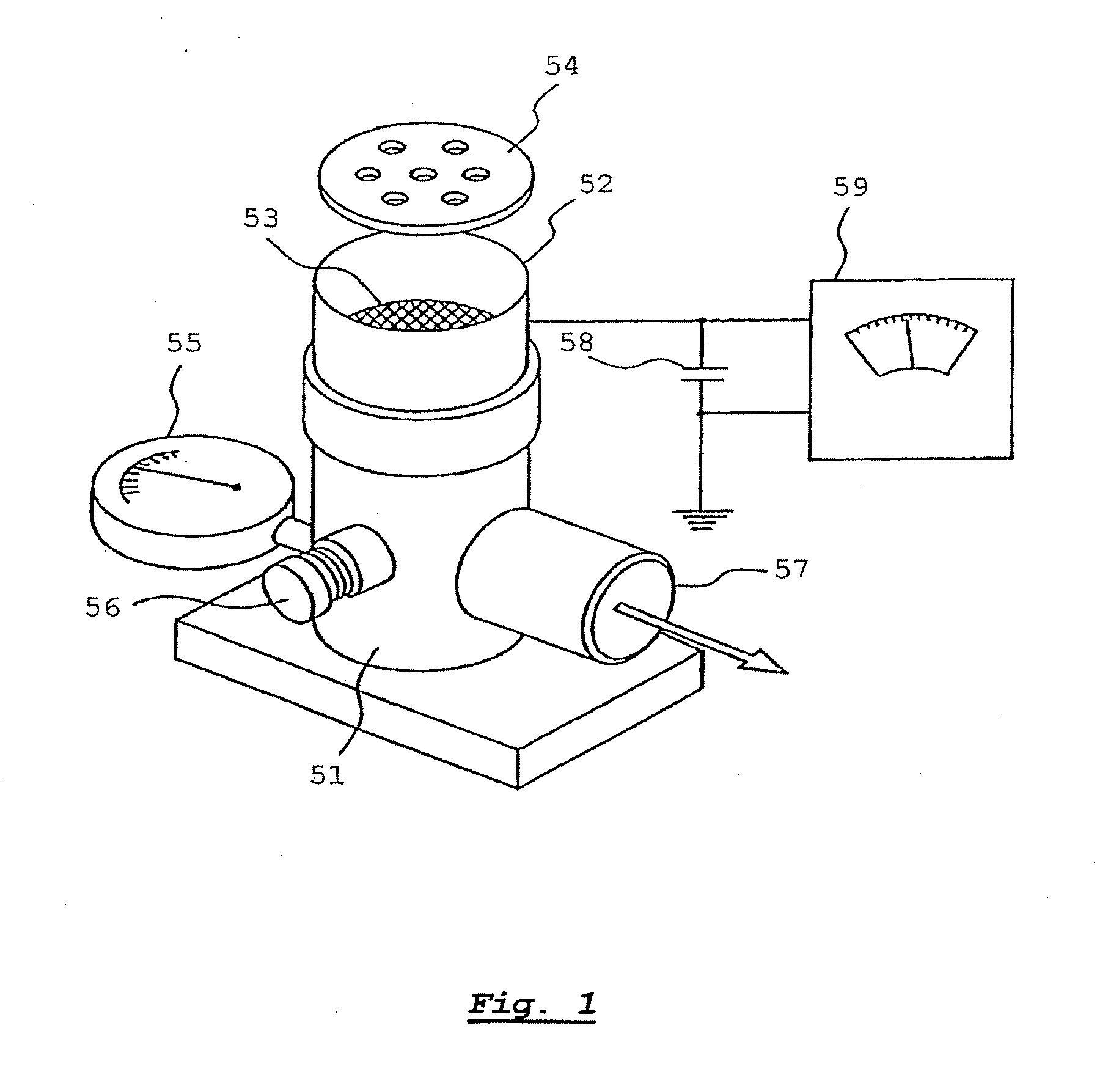Yellow toner, image forming apparatus and a method for producing a toner
a technology of image forming apparatus and toner, which is applied in the direction of instruments, electrographic processes, diffusion transfer processes, etc., can solve the problems of difficult to form an image with excellent quality, chromaticity change of transmitted light, and narrow color reproduction range further, etc., to achieve sufficient coloring power, reduce the amount of yellow colorant in the toner, and high chargeability
- Summary
- Abstract
- Description
- Claims
- Application Information
AI Technical Summary
Benefits of technology
Problems solved by technology
Method used
Image
Examples
example 1
[0152] A hydrated yellow masterbatch was prepared by using 70 parts by mass of the hybrid resin and 100 parts by mass of a paste pigment with a solid content of 30% by mass (the remaining 70% by mass: water) which pigment had been obtained by removing a certain amount of water from a pigment slurry containing P.Y. (Pigment Yellow) 74 and was not subjected to any drying step after synthesis (first kneading step).
[0153] The above-described materials were charged in a kneader type mixer, and were heated without pressure while mixing. At the time when the resulting mixture reached a maximum temperature (which was determined necessarily by the boiling point of a solvent in the paste; in this case, from about 80 to 100° C.), the pigment in aqueous phase (pigment slurry) was distributed or transferred to the molten resin phase. After confirmation of it, the mixture was further melt-kneaded for 15 minutes under heating at 90 to 100° C. to transfer the pigment in the paste sufficiently to t...
example 2
[0216] Yellow Toner 2 was obtained in the same manner as in Example 1 except that the components used in the second kneading step was changed as described below. As in Example 1, a two-component developer was prepared by mixing the resulting Yellow Toner 2 and a carrier and was evaluated for various properties. The results were satisfactory as shown in Table 3, though the developer is relatively inferior with regard to irregular color.
Hybrid resin83.5parts by massPurified normal paraffin (Maximum endothermic4parts by masspeak temperature: 78° C.)Aluminum 3,5-di-t-butylsalicylate compound2parts by massHydrated yellow masterbatch (pigment content:30parts by mass30% by mass)
example 3
[0217] Yellow Toner 3 was produced in the same manner as in Example 1 except that the first kneading step was changed as described below.
[0218] In a kneader type mixer, 55 parts by mass of a hybrid resin, 30 parts by mass of P.Y. 74 in the powder state and 20 parts by mass of distilled water were charged. Under mixing, the mixture was heated without applying pressure thereto. As in Example 1, a hydrated yellow masterbatch was prepared. The resulting hydrated yellow masterbatch was found to have a water content of 15% by mass, a pigment content of 30% by mass and a resin content of 55% by mass.
[0219] Yellow Toner 3 was obtained in the same manner as in Example 1 except for the use of the above-described hydrated yellow masterbatch. The toner was valuated for various properties as in Example 1. The results were satisfactory as shown in Table 3 though the OHP transmission was a little inferior.
PUM
| Property | Measurement | Unit |
|---|---|---|
| particle diameter | aaaaa | aaaaa |
| particle diameter | aaaaa | aaaaa |
| median diameter | aaaaa | aaaaa |
Abstract
Description
Claims
Application Information
 Login to View More
Login to View More - R&D
- Intellectual Property
- Life Sciences
- Materials
- Tech Scout
- Unparalleled Data Quality
- Higher Quality Content
- 60% Fewer Hallucinations
Browse by: Latest US Patents, China's latest patents, Technical Efficacy Thesaurus, Application Domain, Technology Topic, Popular Technical Reports.
© 2025 PatSnap. All rights reserved.Legal|Privacy policy|Modern Slavery Act Transparency Statement|Sitemap|About US| Contact US: help@patsnap.com



